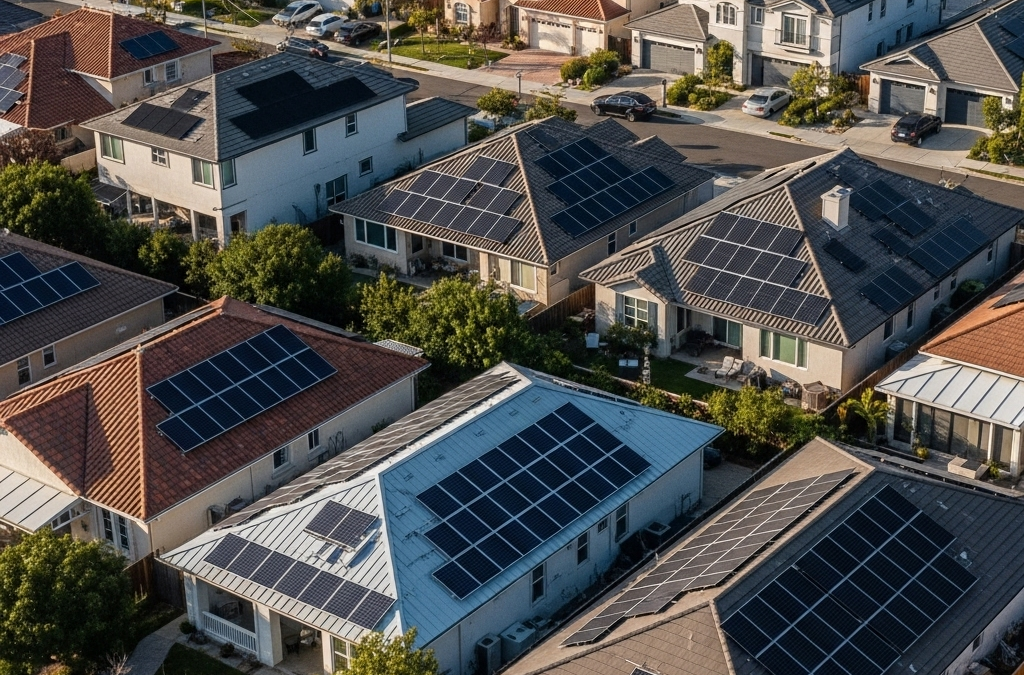More than just a structural component, your home’s roof is the ultimate umbrella, tirelessly standing guard over your most precious asset: your family’s comfort and security. It’s the silent, ever-present guardian that shields you from blistering sun, torrential downpours, biting winds, and heavy snow. In a world of unpredictable weather, a robust and well-maintained roof isn’t just a convenience; it’s a critical element for peace of mind, protecting everything and everyone beneath it. Understanding the vital role your roof plays allows you to proactively ensure it continues to provide the dependable, comfortable haven your family deserves.
How does my roof actively contribute to the indoor comfort and energy efficiency of my home throughout the year?
Your roof acts as your home’s primary thermal barrier, directly influencing how warm or cool your interior feels and how much you spend on heating and cooling. During scorching summers, a well-insulated and properly ventilated attic system prevents heat from radiating down into your living spaces, allowing your air conditioning to work less strenuously. In the cold months, this same system traps heat inside, keeping your family warm and reducing your reliance on the furnace. Beyond just insulation, the color and material of your roof also play a crucial role. Lighter, more reflective “cool roofs” can significantly reduce heat absorption, while darker materials absorb more heat, impacting attic temperatures. Understanding this dynamic helps you make choices that lead to a more comfortable home and noticeable savings on your utility bills.
What are the critical indicators that my roof’s protective capabilities might be compromised, and how can I spot them early?
Spotting problems early can save you from costly and uncomfortable surprises. Externally, conduct regular visual checks for obvious signs of wear and tear. Look for cracked, curled, or missing shingles that indicate material fatigue or wind damage. Pay attention to your gutters; a buildup of gritty, sand-like particles often signals that your shingles are losing their protective granules. On metal roofs, inspect for rust spots, loose fasteners, or bent panels. Internally, head to your attic or upper levels. Be vigilant for any water stains on ceilings, walls, or even insulation, which are undeniable signs of a leak. Don’t just look for drips; sometimes a subtle musty odor is the first indication of hidden moisture and potential mold growth, signaling that your roof’s “umbrella” is failing to keep moisture out.
How does regular maintenance specifically enhance my roof’s lifespan and its ability to withstand severe weather events?
Regular roof maintenance is the best defense against premature aging and catastrophic damage. Simple, consistent tasks significantly extend your roof’s life and fortify its resistance to the elements. Clearing gutters and downspouts of leaves and debris prevents water from backing up, which can lead to rot, fascia damage, and dangerous ice dams in winter. Trimming overhanging branches reduces debris accumulation and protects against damage from falling limbs during storms. Professional inspections can identify minor issues like loose flashing or worn seals around vents and chimneys before they become major leaks. Proactive care ensures that every component of your roof remains robust, enabling it to shed water, resist wind uplift, and protect your home effectively through years of varying weather conditions.
What innovative roofing solutions are available today that offer superior long-term comfort and security for my family?
The roofing industry is continually evolving, offering advanced solutions that provide enhanced comfort and security. Consider impact-resistant shingles, specifically engineered to withstand severe hail and high winds, offering superior durability against common storm damage. Cool roofing materials, designed with highly reflective surfaces, can dramatically reduce the amount of heat absorbed by your home, leading to lower air conditioning costs and a cooler indoor environment. For those looking to integrate sustainability, integrated solar tiles blend seamlessly into the roofline, generating clean energy without the bulky appearance of traditional solar panels. Some cutting-edge systems even include smart sensors that can detect moisture, temperature fluctuations, or structural shifts, alerting you to potential issues long before they become visible, offering an unparalleled level of proactive protection and peace of mind.
Conclusion
Your roof truly is the ultimate umbrella, working tirelessly day in and day out to secure your family’s comfort. By asking these critical questions and understanding the interplay between its design, materials, and maintenance, you empower yourself to be a proactive guardian of your home. Investing in the health and performance of your roof is not just about protecting your property; it’s about safeguarding the warmth, dryness, and peace of mind that make your house a comfortable home for everyone under its dependable cover.

